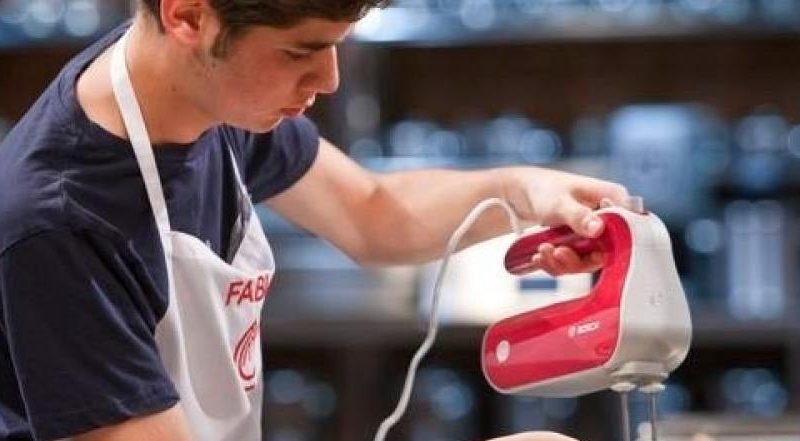Among the best performing programs on public television, Masterchef occupies possibly the most prominent position. TVE lost the audience war long ago, but Masterchef – its kitchen reality show that tries to position itself as a whiter offer in the universe of reality shows – manages to turn its broadcasts into a trending topic, connect with audiences and generate conversations . The program leaves a few lessons in marketing and advertising , but also in how to profit from the value of a brand once the work of establishing it has been done.
The main source of income for television shows is advertising. The more successful the programs are, the more surrendered their audience will be and the more – or at least that is what television has traditionally sold – impact their ad breaks will generate. But what happens when there are no ads? State public television – like other public televisions in other countries – has no advertising. Brands can do what has been called “cultural sponsorship”, but that has a limited impact and also a short path in terms of monetizing broadcasts.
Sell everything you can of the brand How to make cash with the programs then? The key is to create a brand image and then play with it. It is what, seeing a chapter of Masterchef and all the products that they talk about, it seems that this program has done. Masterchef has its collection of cookbooks: with each new edition of the show it seems that they are introducing a new book that touches on a new topic.
It also has a virtual academy, kitchen knives, a restaurant in Madrid and summer camps for children where they learn cooking. In addition, that was the novelty that they presented during the broadcast in this latest edition that has just started, a delivery service in several Spanish cities that takes “in a matter of minutes”, they promise, the most outstanding dishes of the program to the homes of the viewers.
Of course, the Masterchef logo is also seen on the packaging of some other food products, with the “recommended by Masterchef “. And, of course, the show itself is a branded franchise: to the original idea of people competing to be the best non-professional cook are added editions for children, “grandparents” and celebrities. The program cannot monetize your brand image in the traditional way, but it has found different ways to do it in a much more indirect way. The key here is what works as a lever.
What matters is not just the audience, but what the brand means to them. Of course, Masterchef is not the only television show that has tried to capitalize on its success with spin-offs. Others have launched magazines, books or even board games ( Save me even had a bingo). But perhaps Masterchef stands out because its collection of products does not stop increasing and because it is related to the idea of creating experiences. Ordering the food that is seen in the program – or going directly to the restaurant in Madrid of the program – works as a kind of illusion of living the same thing.









